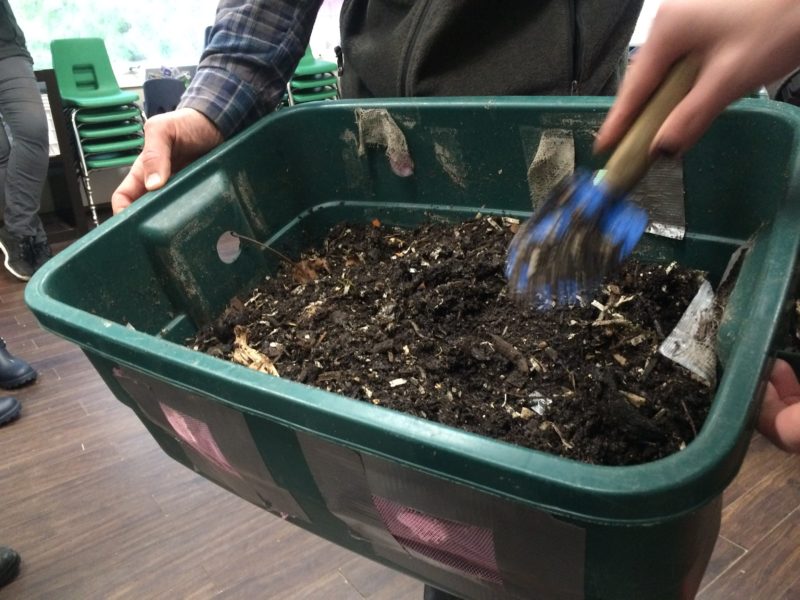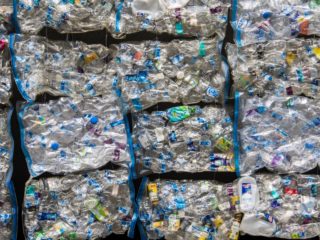Wait! Before you toss out those unwanted veggies you tried to get your kids to eat (or left in the fridge, hoping they’d be consumed), try something new: food waste recycling. Yes, you can transform your food waste into nutrient-rich compost for your yard, vegetable garden, or indoor plants.
Table of Contents
What is Food Waste Recycling?
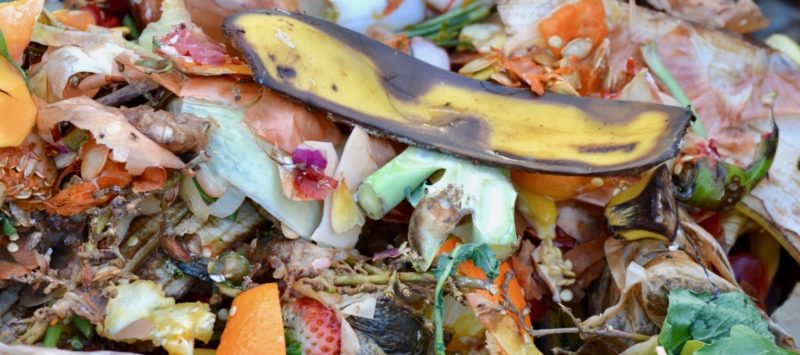
As with any kind of recycling, food waste recycling is the act of repurposing an unwanted item — in this case, food waste — into a useful and valuable product.
Instead of throwing food in the garbage where it ends up in a landfill or is incinerated, food scraps can be transformed into nutrient-rich compost. A couple of other ways to recycle unwanted food include food donations or making new meals from leftovers, but this post will focus on how you can recycle your food waste into compost.
What’s the Point of Food Waste Recycling?
There are a number of benefits to reusing or repurposing your food waste instead of throwing it in the garbage:
- Reduces your carbon footprint through reduced greenhouse gas emissions. Food waste is a huge waste and an enormous contributor to climate change. In fact, if food waste was a country, it would be the third-largest emitter of greenhouse gases.
- Reduces municipal costs (and costs to you, the taxpayer) by reducing the cost of hauling food waste to landfills. Food waste accounts for just over 15% of this country’s municipal solid waste stream, and if you add yard trimmings that could also be added to the compost pile, the share of organic waste approaches 1/3 of all MSW.
- A beautiful garden/lawn/potted plant. Compost is a natural fertilizer. Adding this nutrient-rich soil amendment to your indoor or outdoor garden will improve the chemical, biological, and physical characteristics of the soil, making your plants healthy and beautiful.
- Reduces the need for synthetic fertilizers and pesticides. A healthy yard is one that’s free of toxic chemical additives. Food waste recycling to create homemade compost is a convenient way to reduce the need for synthetic fertilizers and pesticides.
- Green lifestyle changes. Focusing on food waste recycling helps raise awareness about the importance of making wise food choices and reducing overall waste in your life.
Composting Methods
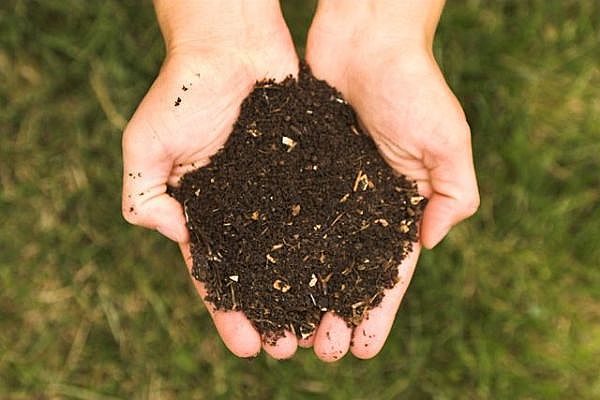
Depending on where and how you live, there are different food waste recycling methods. This post will focus on home composting, but I list below a couple of other composting practices.
Home Composting
Cold, or passive, composting is the simple process of mixing yard and organic food waste, letting it sit in a pile or bin, and then after some time — typically a year — the material decomposes to produce compost.
Hot composting employs an optimal cocktail of microorganisms and a layering process to speed up decomposition. Ideal for large yards or when you have a lot of garden waste, the process can create compost in around three months.
Municipal Food Waste Recycling Programs
This is a program supported by a municipality or organization. I helped set up one in my hometown, but the number of community compost programs is growing.
For New York residents, the NY Department of Environmental Conservation has a handy map of all food scrap drop-off locations.
Private Organics Recycling Service
Check your area for private companies that will pick up your food scraps and/or provide a drop-off location.
- Litterless has a guide for pickup services in each state.
- BioCycle has a searchable database of facilities.
Home Composting: The Basics
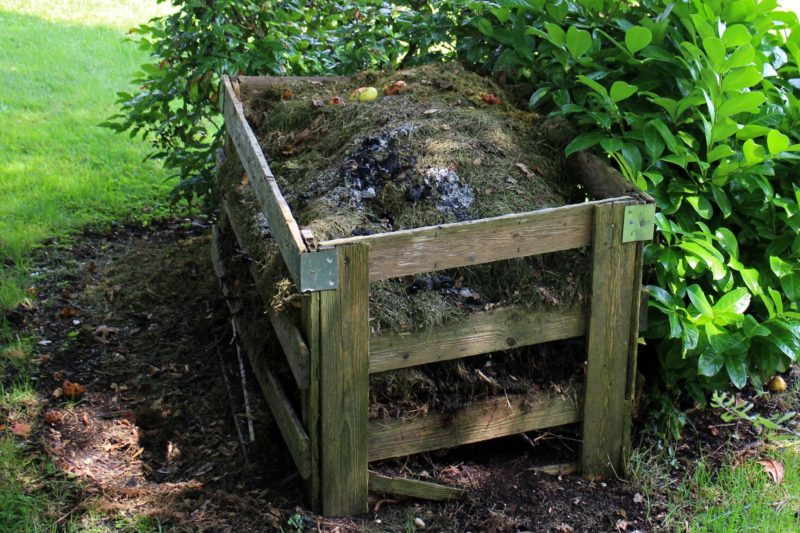
Equipment
Countertop containers hold scraps until you’re ready to bring them outside to the compost pile.
- Sure Close is my pick for a food scraps collection bin. It’s light and portable and keeps the smells away.
- Another popular brand is the EPICA stainless steel pail with charcoal filter.
Indoor composters and recyclers. When you don’t have access to a backyard, try these indoor composters:
- Food Cycler Food Waster Recycler takes your kitchen scraps, reduces them by up to 90%, and creates a composted soil amendment in just three hours. You can even add dairy, bones, meat, and seafood.
- Vermicomposters. These are ideal for apartment dwellers or those without a backyard. If this is for you, check out the EPA’s indoor worm composting guide to get you started. You can also purchase commercial vermicomposters, such as the Worm Factory 360 worm composter.
Outdoor Bins. If you have a backyard, you can set aside a space for a compost pile, make your own compost enclosure, or purchase a premade version.
- Large bins. The Aerobin 400 is insulated, airtight, and guaranteed to be odor-free. Just toss in your green and brown ingredients and let it do the work for you!
- Tumblers. The Jora JK270 gets high marks for ease of use and durability.
Pick a Location
Find a convenient, flat spot for your compost pile in your yard that’s close to the kitchen and a water source.
Basic Inputs for a Compost Pile
The key to a healthy compost pile — one that will yield nutrient-rich compost — is a stable carbon to nitrogen ratio of three parts brown to one part green. Crush, chop or break down materials into small pieces to accelerate decomposition.
- Greens. These are ingredients that have a high nitrogen content and help to activate the “cooking” process in your compost.
- Browns. These are ingredients that are high in carbon and serve as filler while allowing your pile to “breathe” better.
- Oxygen. Turning and mixing the pile will aerate your compost pile and accelerate breakdown. Give it a regular turn or mix to allow the air to flow through the pile.
- Water. Your compost pile needs to stay moist, but not too wet. Sprinkle layers as you build your pile, and add brown materials if too wet.
Green Ingredients
Food scraps: fruits, vegetables, houseplants, coffee grounds, rice, pasta, eggshells, tea leaves.
Yard waste: grass clippings, plant trimmings, young weeds (before seeding).
Brown Ingredients
Food/Kitchen scraps: stale bread, coffee filters, hair, cotton clothing (cut up), paper towels. Paper products (bags, cardboard), can be composted, but don’t overdo it and make sure they’re not coated. They also can be recycled.
Yard waste: brown leaves, straw, hay, dried grass, chopped twigs, chopped bark chips, dead plants, and flowers.
Composting No-Nos
- Animal products, including meat, fish, bones, dairy products. Adding these to the compost pile might also invite some unwanted critters into your yard!
- Sauces, oils, fats.
- Seafood and fish bones.
- Pet poop! Dog and cat feces can contain unwanted organisms that make their way into your compost.
- Diseased or seeding (young) plants.
- Coated and colorful, glossy paper, such as magazines and coated packaging.
- Compostable products. These are the cups, plates, utensils that you see at the store with “compostable” or “biodegradable” labels. For the most part, these products are only compostable in a commercial composting facility. For more details and information about these products, see my post on the Compostable Products.
- Large materials, such as large branches. Make sure to chop, shred, cut your compost materials in order to facilitate breakdown.
Maintenance and Trouble-Shooting
Common issues include:
- Smell. Make sure you’re turning over your compost sufficiently to allow air to circulate and facilitate breakdown. If your countertop container smells, try freezing your food scraps until you’re ready to transport them outside.
- Materials aren’t decomposing. Make sure materials are small and truly compostable.
- Pile too wet. Add more brown ingredients, and mix.
- Pile too dry. Add more green ingredients, and mix.
- Plants growing from the pile. Young plants, weeds or vines love the compost pile. Make sure that the plant ingredients haven’t gone to seed. If in doubt, don’t add!
- Wildlife visiting the compost pile. Make sure you haven’t added meat, seafood, fats, or dairy to your pile. Layer leaves or soil on top, or consider making or purchasing a sealed enclosure.
What Can You Do With Your Compost?
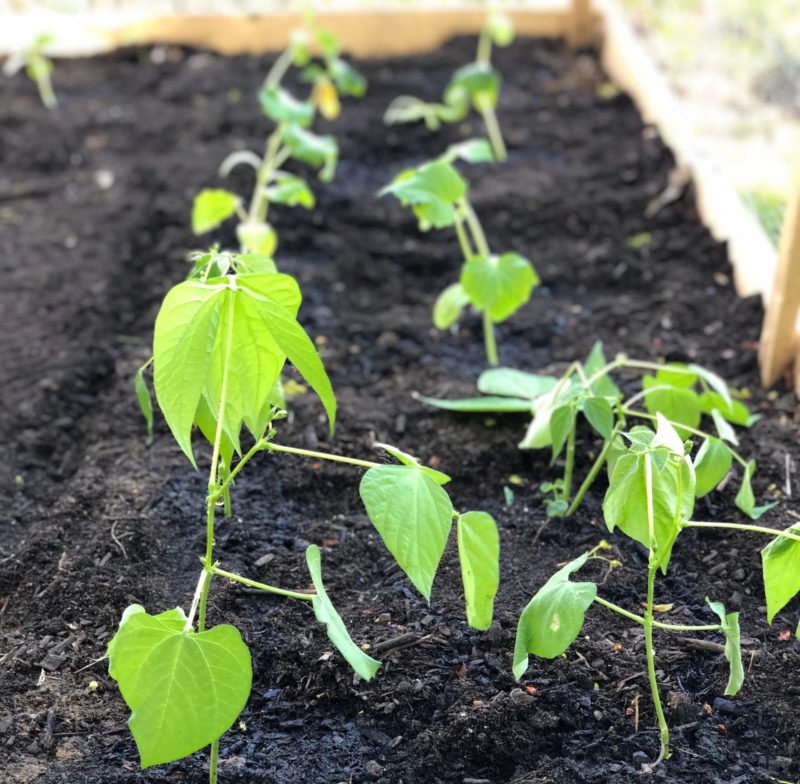
Success! You have a pile of beautiful, rich compost. Now, what do you do with it?
- Lawns. Sprinkle compost across your lawn as a natural fertilizer and to improve moisture retention.
- Outside plantings. Mix a half-inch of compost into the topsoil of your flower beds and vegetable garden.
- House plants. Add 1/3 to 1/2 compost to the soil of plant containers.
- Gifts! Share the “green” love by giving compost to friends and neighbors. It’ll also help spread the message about the benefits of natural fertilizer.

